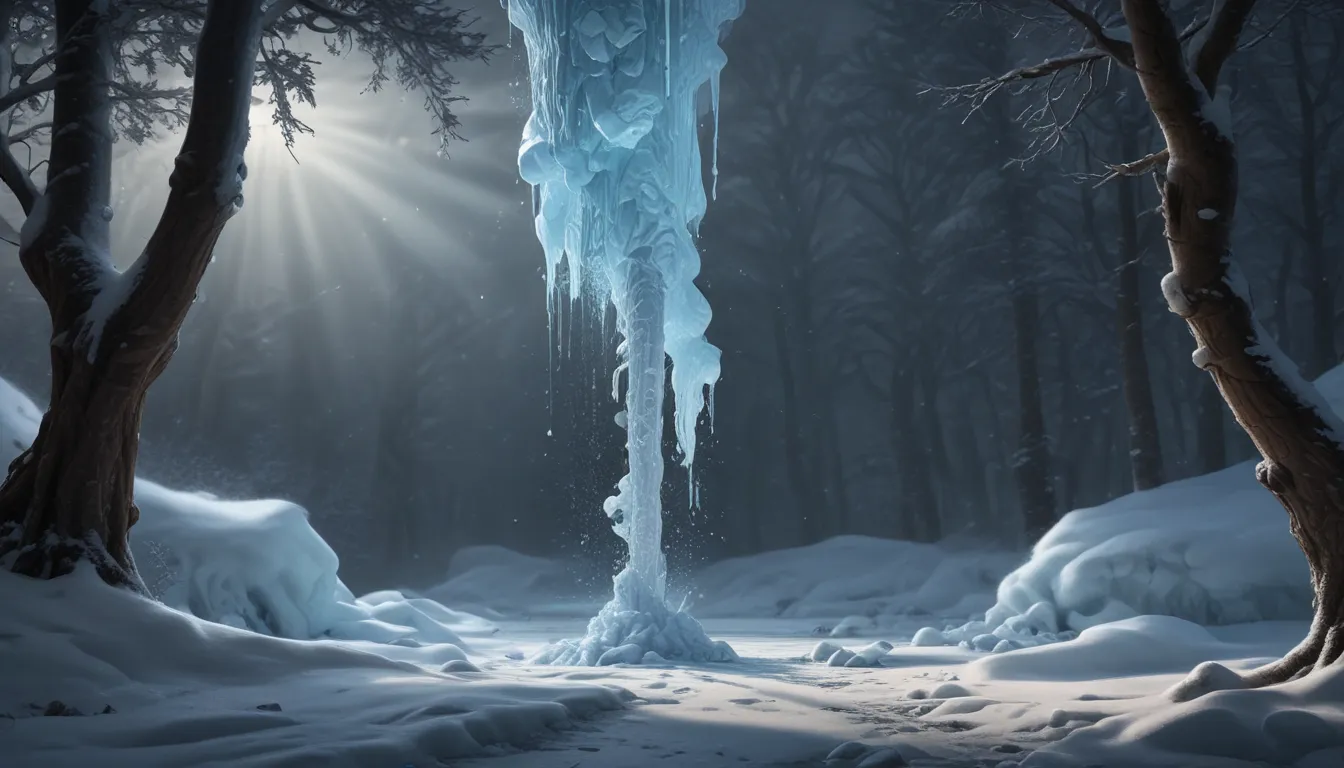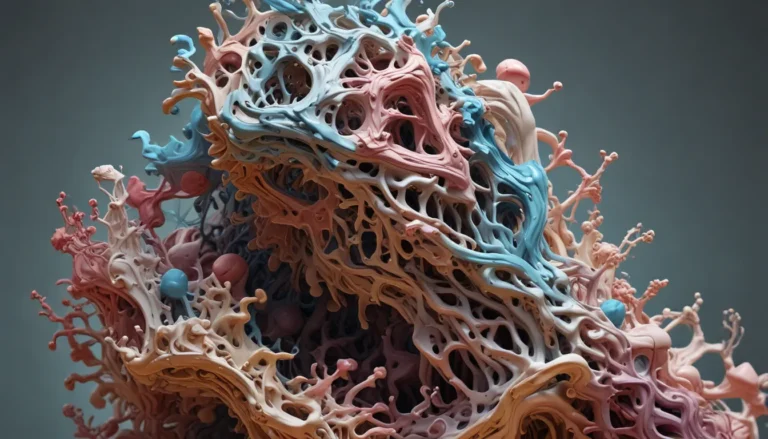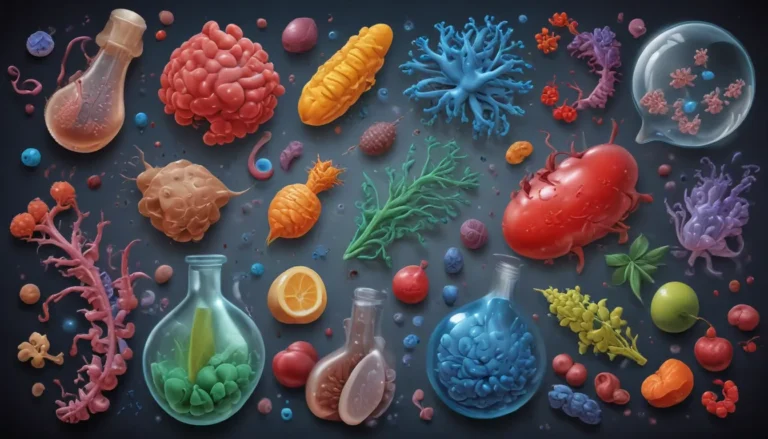A Note About Images: The images used in our articles are for illustration purposes only and may not exactly match the content. They are meant to engage readers, but the text should be relied upon for accurate information.
Have you ever wondered about the science behind freezing point, the temperature at which a substance transitions from a liquid to a solid state? This fundamental concept in chemistry plays a crucial role in various scientific, industrial, and everyday contexts. From the formation of snowflakes to the preservation of biological materials, freezing point influences a wide range of phenomena.
In this article, we will delve into 15 intriguing facts about freezing point that will deepen your understanding of this captivating concept. From the impact of impurities and pressure to the role of freezing point in cryopreservation and food preservation, there is much to uncover. Let’s embark on a journey to unravel the mysteries of freezing point and explore its significance in our world.
The Science of Freezing Point
At its core, freezing point is the temperature at which a substance transitions from a liquid to a solid state. This critical point marks the moment when molecules within the substance slow down and arrange themselves in a regular pattern, forming a solid structure.
1. Chemical Composition Matters
The freezing point of a substance is dependent on its chemical composition. Different substances have varying freezing points based on their molecular structure. For example, while water freezes at 0 degrees Celsius (32 degrees Fahrenheit), other liquids like ethanol have lower or higher freezing points.
2. Impurities and Freezing Point Depression
Adding impurities to a substance can lower its freezing point, a phenomenon known as freezing point depression. This effect is commonly observed when salt is used on icy roads to prevent the formation of ice, making driving safer in winter conditions.
3. Pressure’s Influence on Freezing Point
Changing pressure can also impact the freezing point of a substance. Increasing pressure raises the freezing point, while decreasing pressure lowers it. For instance, under high pressure, water can remain liquid at temperatures below its normal freezing point.
Applications of Freezing Point
Freezing point plays a vital role in various applications, from preserving biological materials to ensuring the quality of frozen foods.
4. Cryopreservation and Freezing Point
In cryopreservation, cells or tissues are preserved at extremely low temperatures. By manipulating the freezing point, scientists can protect biological materials from damage and extend their shelf life.
5. Supercooling and Unique Phenomena
Certain substances can exhibit supercooling, remaining in a liquid state below their freezing point. This phenomenon occurs in liquids lacking impurities or nucleation sites, which typically trigger the transition to a solid state.
6. Snowflake Formation and Freezing Point
The freezing point is integral to the formation of snowflakes. As water vapor condenses onto tiny particles in the atmosphere, the temperature drops to the freezing point. Water molecules then arrange themselves into intricate ice crystals, creating the unique shapes of snowflakes.
Practical Implications of Freezing Point
Understanding freezing point goes beyond the realm of science, influencing everyday practices and industries.
7. Altitude, Atmospheric Pressure, and Freezing Point
External factors like altitude and atmospheric pressure can influence the freezing point of substances. At higher altitudes with lower air pressure, the boiling and freezing points of liquids decrease, affecting how we cook, preserve food, and understand weather patterns.
8. Food Preservation and Freezing Point
The freezing point is crucial in determining the quality of frozen foods. Food manufacturers carefully monitor and control the freezing process to ensure that the freezing point is reached quickly, preserving the taste, texture, and nutritional value of the product.
9. Medical Applications of Freezing Point Depression
Freezing point depression is utilized in medical applications to store and transport blood and bodily fluids. By lowering the freezing point, medical professionals can safely preserve and analyze samples for laboratory purposes and transfusions.
Exploring Freezing Point Phenomena
The world of freezing point is filled with fascinating phenomena that showcase the complexity of matter and temperature interactions.
10. Freezing Point Hysteresis
The phenomenon of freezing point hysteresis occurs when the freezing point differs from the melting point of a substance. Certain alloys or organic compounds exhibit this behavior due to structural changes during phase transitions.
11. Purity Determination through Freezing Points
Analyzing freezing points is a valuable technique to determine the purity of substances. Impurities in a substance will often lower its freezing point, enabling scientists to assess the levels of purity through freezing point measurements.
12. Antifreeze Agents and Freezing Point Lowering
Antifreeze agents are commonly used to lower the freezing point of liquids, such as in automotive engines to prevent ice formation and protect the engine during cold weather conditions.
The Science Behind Freezing Point Determination
Freezing point determination is a fundamental technique in analytical chemistry that aids in identifying and characterizing unknown compounds.
13. Rate of Cooling and Freezing Point
The rate of cooling can influence the freezing point, leading to the formation of amorphous solids instead of crystalline substances. Rapid cooling may not allow enough time for molecules to arrange into an ordered pattern.
14. Analytical Chemistry and Freezing Point Determination
By precisely measuring the freezing point of a substance, chemists can identify unknown compounds, aiding in various fields like forensic science and pharmaceutical research.
15. Keys to Unlocking Freezing Point Secrets
These 15 intriguing facts about freezing point highlight its significance in scientific exploration and everyday applications. The understanding of freezing point allows us to manipulate and control the physical properties of substances, paving the way for advancements in diverse fields.
Conclusion
In conclusion, the freezing point is a captivating concept that extends far beyond the simple transition from liquid to solid. By exploring the fascinating facts about freezing point, we gain a deeper appreciation for the role it plays in shaping our understanding of matter and temperature interactions.
Next time you encounter the term ‘freezing point,’ remember the intriguing facts shared in this article and let your curiosity guide you further into the captivating world of chemistry.
FAQs
Q: What is the freezing point?
A: The freezing point is the temperature at which a substance changes from its liquid state to a solid state.
Q: How do impurities affect the freezing point?
A: Impurities lower the freezing point of a substance by disrupting the orderly arrangement of particles during the freezing process.
Q: Can pressure affect the freezing point?
A: Yes, pressure can impact the freezing point of a substance, with increasing pressure typically raising the freezing point.
Q: Why is knowledge of freezing points important in food preservation?
A: Freezing points are critical in preserving food by inhibiting the growth of microorganisms and extending the shelf-life of perishable items.
Q: What are examples of substances with unusual freezing points?
A: Some examples include water, mercury, and helium, each with distinct freezing points based on their chemical compositions.
Q: How is freezing point determination used in analytical chemistry?
A: Analyzing freezing points aids in identifying and characterizing unknown compounds, providing valuable insights in forensic science and pharmaceutical research.
As you continue to explore the captivating world of freezing point and its applications, remember that knowledge is a key to unlocking the mysteries of the world around us. Enjoy your journey of discovery and let your curiosity lead you to new horizons of understanding and insight.






